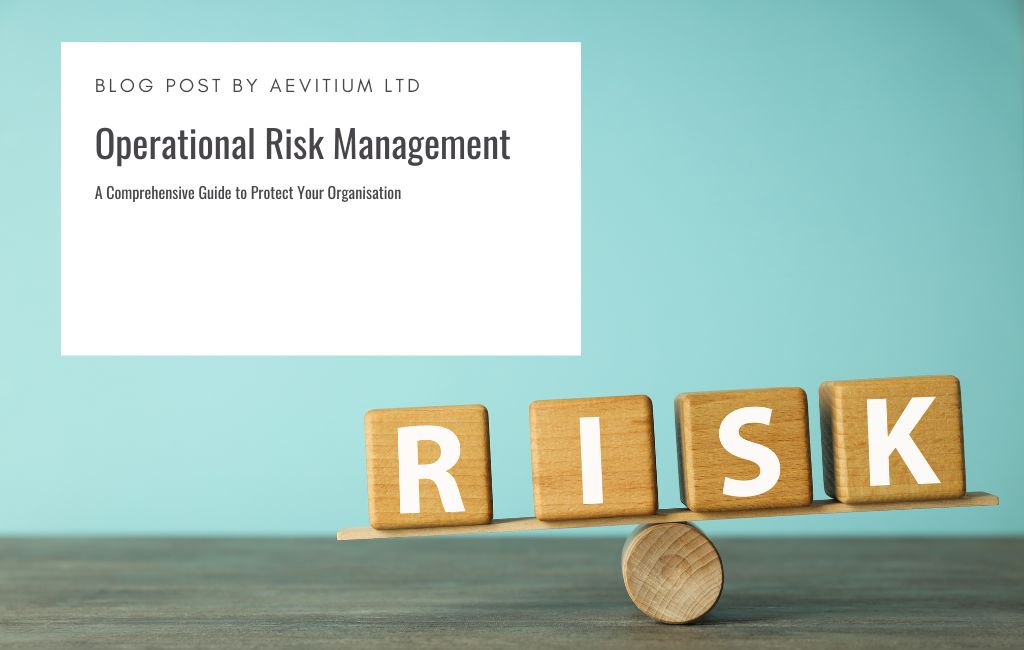Oct04

We are not simply entering a new technological era—we are living in one. Artificial intelligence, quantum technologies, the Internet of Things, advanced networks, and space systems are converging into an ecosystem that touches commerce, national security, and everyday life.
As I discussed in my book Inside Cyber, technological opportunity and systemic risk are two sides of the same coin. How we govern, design, and deploy these capabilities will determine whether they become engines of prosperity or vectors of fragility.
AI is rewriting the playbook for productivity and decision-making. From automating diagnostics in healthcare to optimizing logistics and augmenting intelligence analysis, AI has become an accelerator of capability across nearly every domain.
However, this acceleration comes with complex risks. Malicious actors are already weaponizing AI to scale disinformation, automate reconnaissance, and craft realistic phishing and deepfake campaigns that target human behavior as much as network vulnerabilities.
The defensive answer is not to slow innovation but to embed accountability into every stage of development: explainable models, adversarial testing, red-team reviews, and strong data provenance. Leaders must treat AI risk as enterprise risk and ensure transparency, governance, and oversight guide every deployment.
Quantum technologies—computing, sensing, and communications—are transitioning from theoretical science to operational capability. They promise breakthroughs in logistics, drug discovery, and materials science, but they also pose existential cybersecurity challenges.
Quantum computing threatens to render much of today’s encryption obsolete. The looming “harvest now, decrypt later” threat means adversaries may already be stockpiling encrypted data to exploit once quantum decryption becomes viable.
Preparation is essential. The path forward requires migration to post-quantum cryptography, secure-by-design architectures, and a coordinated effort between governments, industry, and academia to build testbeds, establish standards, and grow a skilled workforce.
Quantum readiness will define future resilience—and those who plan early will lead in both trust and capability.
The Internet of Things (IoT) connects tens of billions of devices—ranging from smart homes and vehicles to industrial sensors and healthcare systems. According to Statista, there will be more than 29 billion IoT devices worldwide by 2030, a dramatic increase from 16.7 billion in 2023.
This unprecedented connectivity offers efficiency and data-driven insights but also multiplies risk. Many devices are deployed with weak security controls, short product lifecycles, and limited patching mechanisms, making them ideal footholds for cybercriminals and hostile actors.
Operational resilience demands disciplined management: maintaining accurate asset inventories, enforcing identity-centric device authentication, ensuring secure update paths, and integrating software bills of materials (SBOMs) into procurement contracts.
As I have often emphasized, cybersecurity must be engineered into IoT ecosystems from inception—not bolted on after deployment.
5G, edge computing, and software-defined networks are the connective tissue enabling this digital revolution. They power real-time analytics, autonomy, and distributed sensing—but they also create concentration points of risk.
A compromise in one layer of the network can cascade rapidly across sectors. To mitigate that, networks must be architected for resilience: segmentation, observability, encryption, and supply-chain diversity are critical.
True resilience assumes breach and focuses on minimizing the blast radius of compromise while maintaining continuity of essential services.
Space is now part of the cybersecurity landscape. Satellites provide communications, navigation, and intelligence capabilities that underpin both civilian life and national defense.
Yet these systems face growing threats—from signal jamming and spoofing to ground-station intrusions and supply-chain tampering. The global commercial space sector now exceeds $550 billion annually and is projected to surpass $1 trillion by 2035, underscoring its strategic and economic importance.
To protect this domain, cybersecurity standards must extend into orbit: robust encryption for telemetry, redundant ground control networks, and continuous monitoring against electronic and kinetic threats. Space should be treated as critical infrastructure, vital to the functioning of modern civilization.
The true challenge of emerging technologies lies in their convergence. AI can optimize and attack IoT systems. Quantum computing can decrypt their communications. Edge networks and satellites can propagate both benefits and failures at unprecedented speed.
We face an era of cascading risk, where vulnerabilities in one domain can amplify across others. Meeting that challenge requires cross-domain collaboration—between government, industry, academia, and international partners.
The future will reward foresight. Key actions for policymakers and executives include:
These are not aspirational talking points—they are practical imperatives for securing the digital future.
Emerging technologies are reshaping the balance of power, economy, and society. In Inside Cyber, I noted that the future of cybersecurity is not about eliminating risk, but about intelligently managing it amid accelerating innovation.
Artificial intelligence will amplify our analytical power; quantum will redefine computation; IoT will extend our digital reach; and space will expand our operational horizon.
The question is not whether these technologies will transform our world—they already have. The real question is how we choose to guide that transformation.
If we lead with foresight, engineer with integrity, and collaborate globally, we can ensure that AI, quantum, and connected technologies serve humanity’s best interests—creating a future defined by resilience, trust, and progress.
By Chuck Brooks
Keywords: Cybersecurity, Emerging Technology, Security
 Succession Planning Starts With Data
Succession Planning Starts With Data  Influence Without Integrity Erodes Ecosystem Trust
Influence Without Integrity Erodes Ecosystem Trust Planning Works Better When It’s a Team Sport
Planning Works Better When It’s a Team Sport Operational Risk as a Strategic Discipline
Operational Risk as a Strategic Discipline Fine-Tuning Mistral-7B: Building the Crypto Oracle for Bitcoin Price Prediction
Fine-Tuning Mistral-7B: Building the Crypto Oracle for Bitcoin Price Prediction